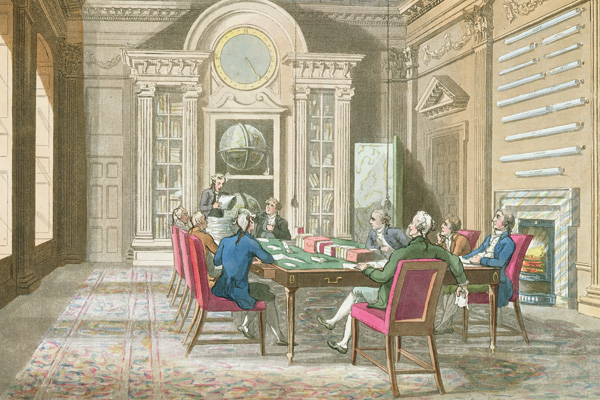‘That terrible place known as Westminster’: many readers might well agree with this, the first mention of our political capital in a charter dated 735 AD. However, as Robert Shepherd, journalist and political biographer, explains in his new book, all is not what it seems. The charter is a fake, cooked up by a 12th-century abbot of Westminster to get one over on those pesky monks at rival St Albans. Westminster, Shepherd asserts, was from the first a city of spin and has remained so ever since (and ‘terrible’ meant awe-inspiringly sacred, not awful, by the way).
The boundaries of Shepherd’s ‘historic’ Westminster are tightly drawn. They stretch only as far as Trafalgar Square in the north to St John’s Smith Square in the south, and from the Thames embankment to St James’s Park. Splicing together histories, old and new, of the key institutions and their buildings — Parliament, Abbey, Downing Street and Whitehall — inside the square mile of the Westminster village, the author is inevitably drawn into recounting a full-scale political history of Britain in 43 bite-sized chapters: but one as seen from inside the stockade. The many hatchings, matchings and despatchings (not to mention coronations) of royalty; the power struggles of politicians; the machinations of the ambitious clerics: if they took place at Westminster then they are included in this book.
Along the way we are treated to the usual set pieces of English history — Charles I’s execution outside the Banqueting House, Queen Caroline attempting to beat her way into the Abbey at George IV’s coronation, Churchill climbing onto the roof of the war rooms in his boiler suit shaking his fist at the Luftwaffe. Yet despite all the pomp and circumstance — in fact, because of it — there are moments of contemplation. The writer and MP Joseph Addison (founder of the original Spectator), strolling among the tombs and monuments of the great and the good in the Abbey, reflected with ‘sorrow and astonishment on the little competitions, factions and debates of mankind’.
And in 1819, at the height of contemporary political oppression, Shelley wished for an alternative Westminster stripped of its grandeur and institutions and become once more ‘a habitation of bitterns … shapeless and nameless ruins, in the midst of an unpeopled marsh’.
Whether by accident or design, women hardly get a look in unless they are queens, mistresses or prostitutes, so it comes as a relief in every way when in 1743 we encounter some gentry ladies urinating on MPs from the public gallery.








Comments
Join the debate for just £1 a month
Be part of the conversation with other Spectator readers by getting your first three months for £3.
UNLOCK ACCESS Just £1 a monthAlready a subscriber? Log in